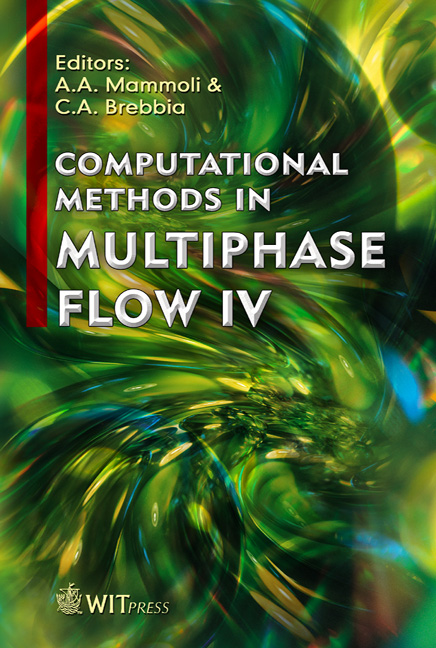Aerosol Modelling And Pressure Drop Simulation In A Sieving Electrostatic Precipitator
Price
Free (open access)
Transaction
Volume
56
Pages
6
Published
2007
Size
1,791 kb
Paper DOI
10.2495/MPF070011
Copyright
WIT Press
Author(s)
M. Telenta, H. Pasic & K. Alam
Abstract
This paper first describes so-called sieving electrostatic precipitator suitable for efficient and cost-effective cleaning of polluted gases of both large and ultra-fine particulates in a very broad temperature range. In SEP the particulate-laden gas is passed through a set of closely packed and charged fine-wire screens. In the last three years, a large number of fly ash collection-efficiency experiments have been conducted—first, on a bench-size unit both at room and elevated temperatures and, in a laboratory pilot-scale setting. Most recently, a consortium led by American Electric Power (AEP), Ohio University, Ohio Coal Development Office and PECO have built and started tests on a pilot slip-stream unit in AEP’s plant in Conesville, Ohio. However, deeper understanding of SEP calls for numerical treatment of particulates charging, their agglomeration, and various particulate-capturing mechanisms (field and diffusion charging, interception by screen wires etc.) simultaneously taking place in laminar flow conditions. The paper describes our attempt to model this process. Keywords: sieving electrostatic precipitator, modelling, particle charging, coagulation, particulate capture. 1 Introduction Sieving electrostatic precipitator (SEP), developed at Ohio University, is the next generation of electrostatic precipitators. It could offer better particle collection efficiency than conventional precipitators. Also, the step forward is its small size, lower operational and overall cost, and enhanced ability to collect submicron-sized particles. The main difference between SEP and conventional electrostatic precipitators is in the collecting units: conventional precipitators
Keywords
sieving electrostatic precipitator, modelling, particle charging, coagulation, particulate capture.





